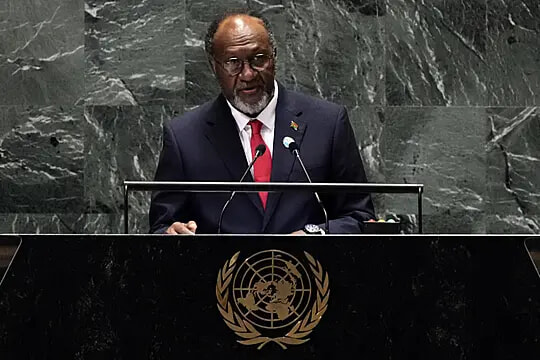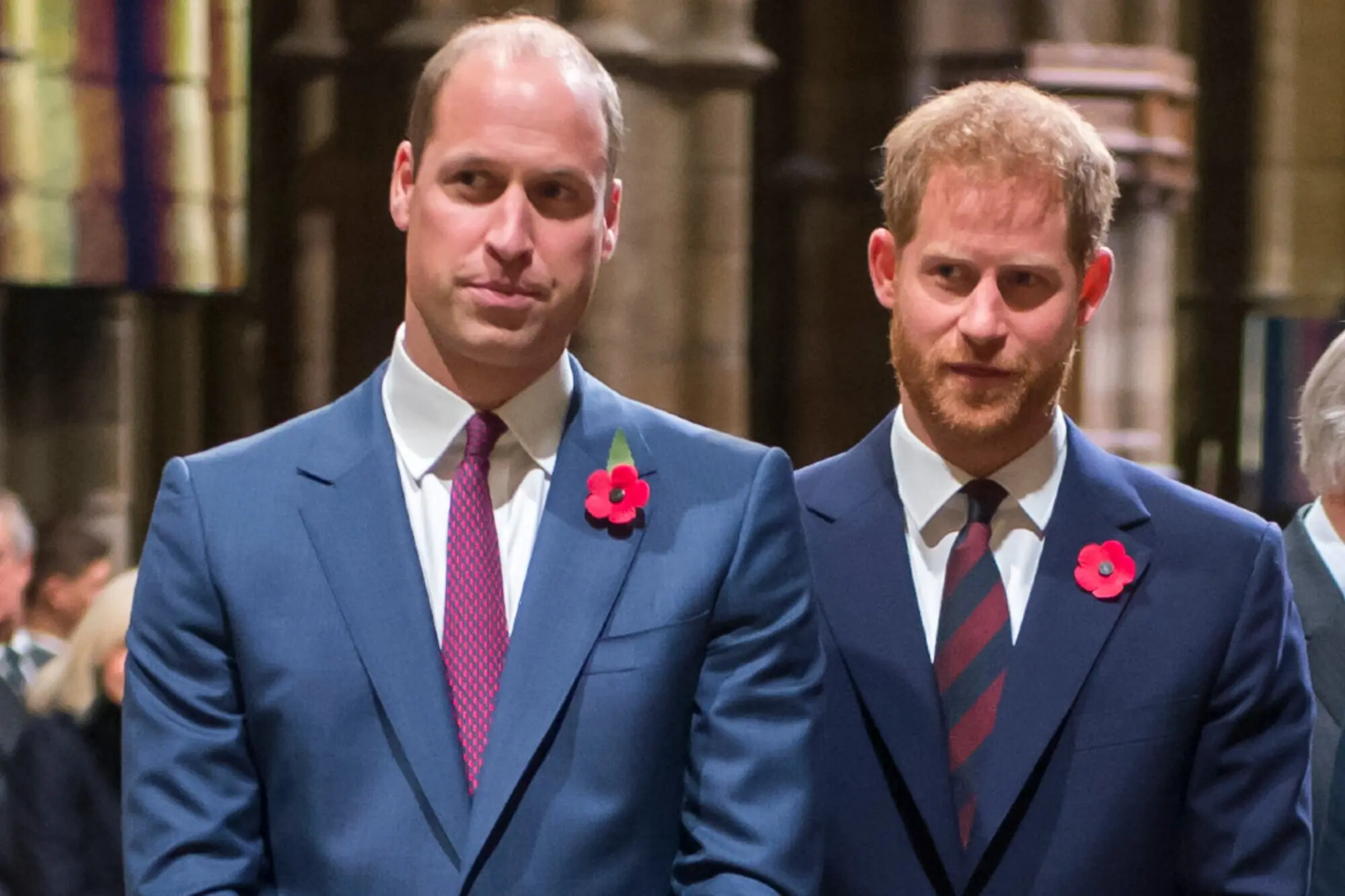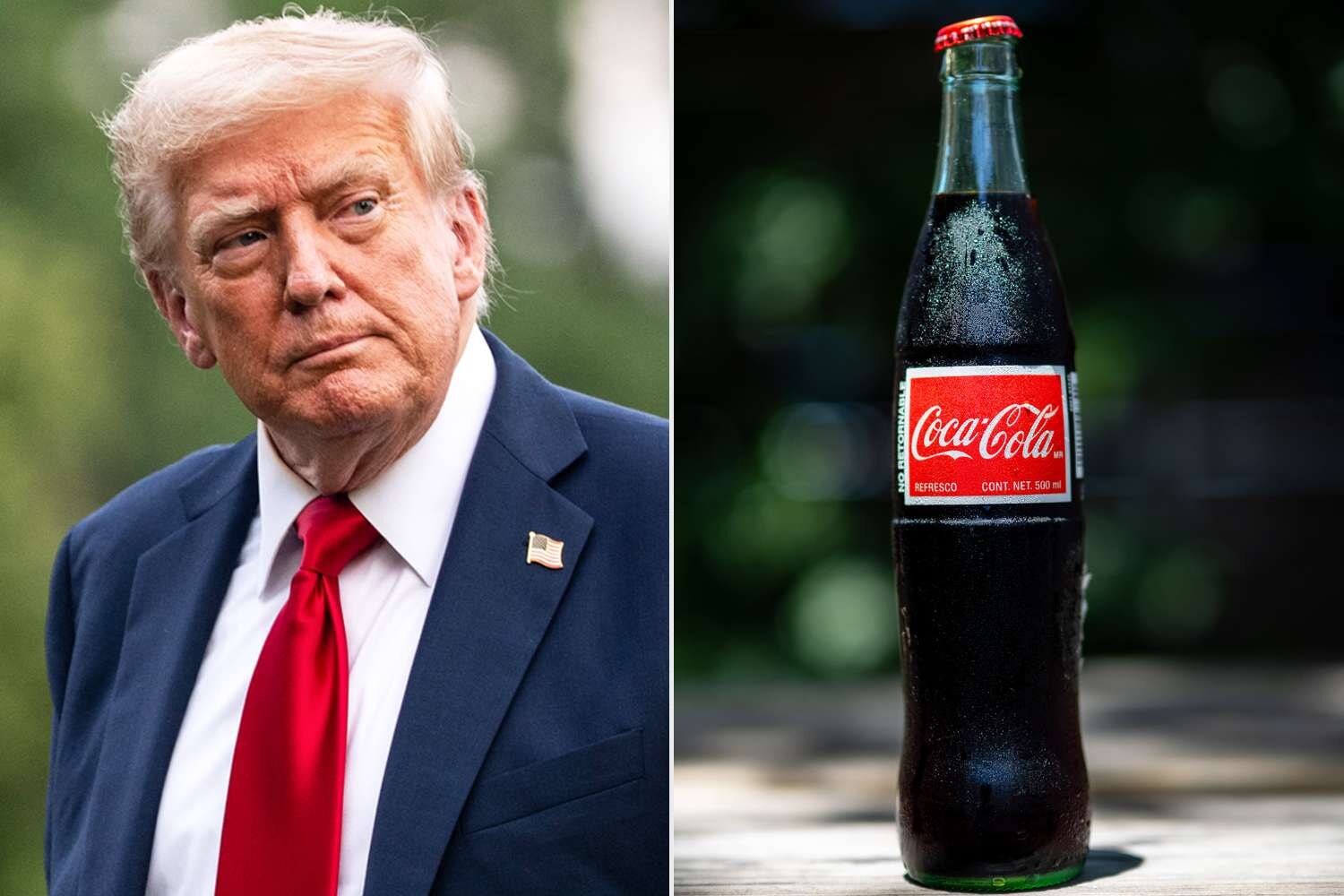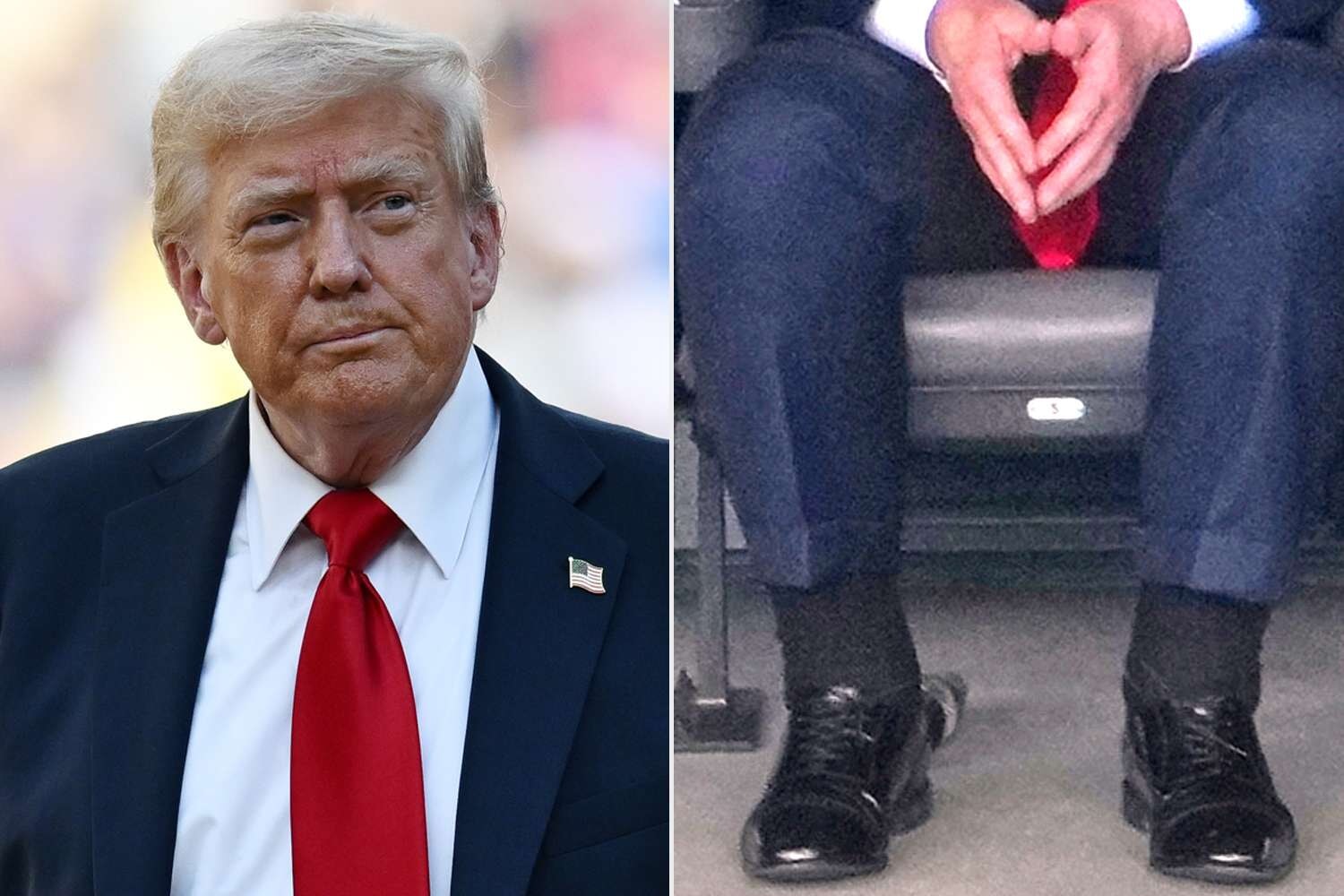
Trump's Health in Dire Question After White House Reveals Diagnosis of Massive Leg Swelling and Hand Bruising
Uh oh
Published July 18, 2025
Advertisement
Advertisement
1. Rumors Swell

In mid-July 2025, a ripple of speculation began circulating across newsrooms, social media, and the public square as new photographs of President Donald Trump at the FIFA Club World Cup final in New Jersey caught a nation’s eye.The images revealed swelling in the president’s lower legs and ankles—details that instantly set off a firestorm of questions about the 79-year-old’s health.Additional photos showed minor bruising on the back of Trump’s hand, prompting even further scrutiny as observers zoomed in and armchair analysts went to work.Internet sleuths and media outlets debated possible causes, wondering aloud if the signs pointed to something serious, a secret condition, or the everyday consequences of age.The timing amplified concerns, coming on the heels of recent history in which presidential health had become a flashpoint in political discourse.White House staff, ever conscious of optics and transparency, quickly moved to address the rumors before they spiraled into frenzy.Americans of all stripes, whether supporters or critics, began speculating about what ailing legs or bruised hands might signal for a man on the cusp of becoming the oldest president to serve a second term.Questions multiplied: Was it just age, a more sinister diagnosis, or political theater in disguise?The story grew as outlets from Axios to The Daily Beast and CNN chased every detail and pressed the administration for a medical explanation.Before long, the mystery had everyone’s attention, from Capitol Hill to cable news, setting the stage for an official response.
Advertisement
2. The White House Responds

Under mounting pressure, White House Press Secretary Karoline Leavitt convened reporters and addressed the nation directly from the press room, armed with a note from the president’s physician.Leavitt read aloud the medical findings, explaining that President Trump had indeed noticed mild swelling in his lower legs in recent weeks, prompting a thorough medical evaluation.She sought to quell rumors by clarifying that the bruising on Trump’s hand was due to frequent handshaking—an occupational hazard—and the regular use of aspirin as part of a standard heart health regimen.The medical note described the swelling as a “benign and common condition,” especially for people over the age of 70, and emphasized that there was no evidence of deep vein thrombosis or arterial disease.Routine laboratory tests, a comprehensive metabolic panel, and an echocardiogram were all performed and returned normal results, confirming no sign of heart failure, kidney issues, or any systemic illness.The White House made clear that the president had experienced “no discomfort” and continued to perform his duties without interruption.Leavitt’s tone, crisp and professional, was meant to dispel rumors rather than stoke them, and the full medical memo was circulated to the press.The message was simple: President Trump’s health was not only stable, it was “excellent,” with robust cardiac, pulmonary, and neurological function.Media outlets quickly broadcast the administration’s response, but questions lingered about what it all meant for the president’s future.With speculation addressed but curiosity not entirely satisfied, America’s gaze stayed fixed on the story’s unfolding chapters.
Advertisement
3. The Diagnosis
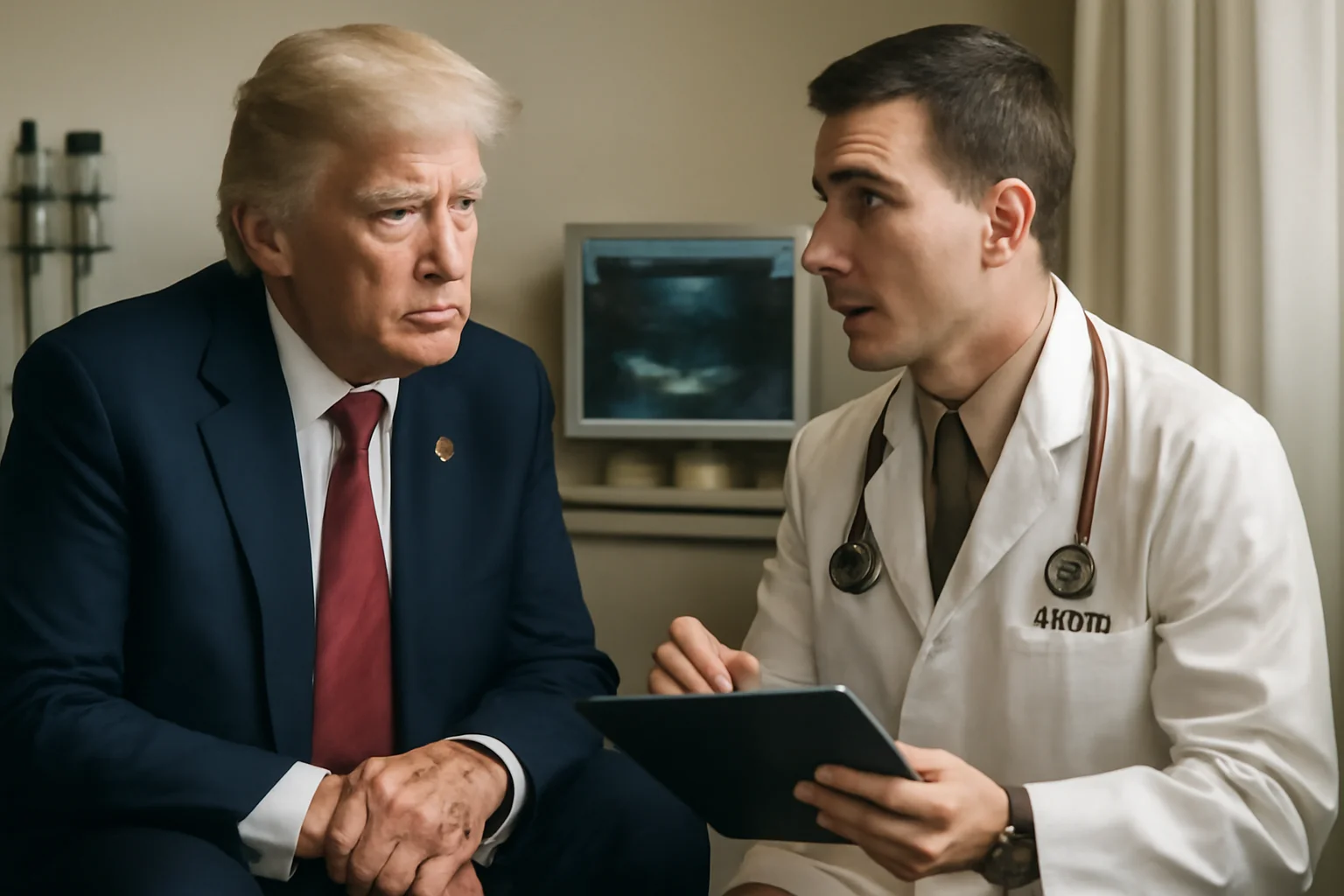
The official diagnosis given by Trump’s physician, Capt. Sean Barbabella, was “chronic venous insufficiency,” a condition that caught the attention of health experts and laypeople alike.Chronic venous insufficiency (CVI) is described as a benign but common issue, particularly among individuals over 70, and can be managed with lifestyle modifications and medical oversight.The diagnosis emerged after Trump reported swelling, prompting bilateral lower extremity Doppler ultrasounds—tests specifically designed to check blood flow and rule out more dangerous conditions like clots.Barbabella’s memo emphasized there was no evidence of deep vein thrombosis, no arterial disease, and all lab results—including cardiac biomarkers—were firmly within normal limits.Importantly, the tests showed normal heart structure and function, quelling speculation that the swelling signaled a deeper cardiac threat.CVI itself is the result of vein valves in the legs not working efficiently, which leads to blood pooling and, eventually, symptoms like swelling, discomfort, or visible skin changes.The physician also pointed to minor bruising on the president’s hand, attributed to both frequent handshaking—a regular part of presidential life—and aspirin, a common blood thinner.Experts weighed in across media outlets, noting that CVI is rarely a life-threatening issue, but can be uncomfortable and is a natural part of aging for many people.With the diagnosis clear, attention turned to what it meant for the day-to-day realities of presidential life and performance.In the wake of the White House’s openness, the country found itself learning about a condition both common and largely manageable.
Advertisement
4. Behind the Veins
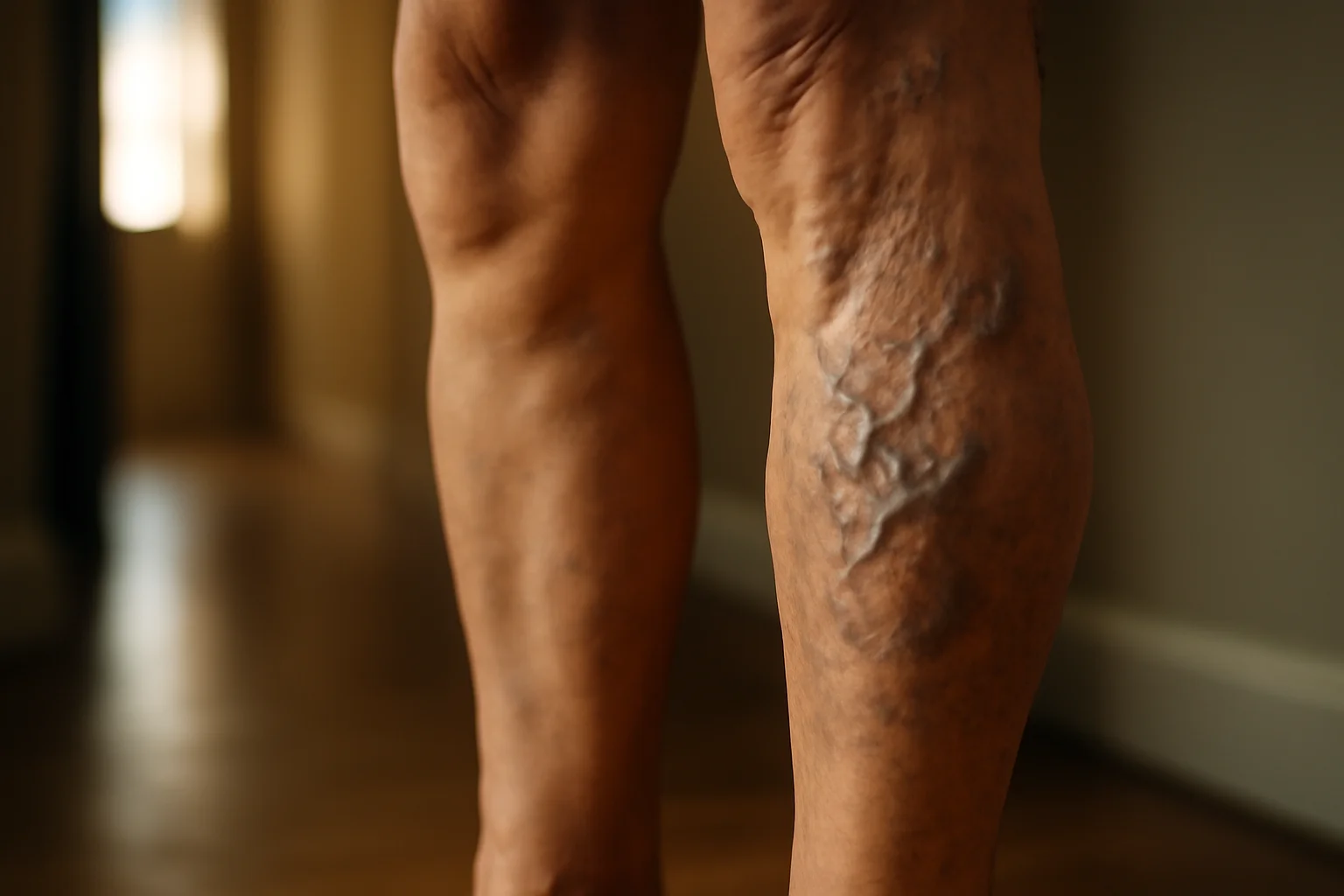
Chronic venous insufficiency isn’t rare—in fact, it affects about one in twenty adults, with risk rising significantly after age 50.The veins in the legs are tasked with returning blood to the heart, fighting gravity with the help of muscle contractions and one-way valves.In CVI, these valves become damaged, allowing blood to pool in the lower legs, resulting in swelling, aching, cramping, heaviness, and sometimes skin discoloration or varicose veins.Common risk factors include genetics, age, obesity, prolonged sitting or standing, prior leg injury, and certain medical histories like deep vein thrombosis or varicose veins.While not usually dangerous, the condition can become bothersome, affecting quality of life and, if untreated, leading to more serious complications over time.Symptoms tend to worsen after long periods on one’s feet or by day’s end, but can often be managed with lifestyle changes such as regular exercise, weight control, and wearing compression socks.More severe cases might require minimally invasive procedures like vein closures, using heat, glue, or medicine to seal faulty veins, though surgery is rare and typically reserved for advanced cases.Cardiologists and vein specialists agree that most people—including those in the public eye—can maintain full, active lives while managing the condition.The White House did not specify what treatments, if any, President Trump would pursue, leaving the impression that ongoing medical oversight would suffice.The real story, experts agreed, was not the diagnosis itself, but the transparency and caution taken in ruling out more severe health threats.
Advertisement
5. The Reveal: Excellent Health Amid Swelling
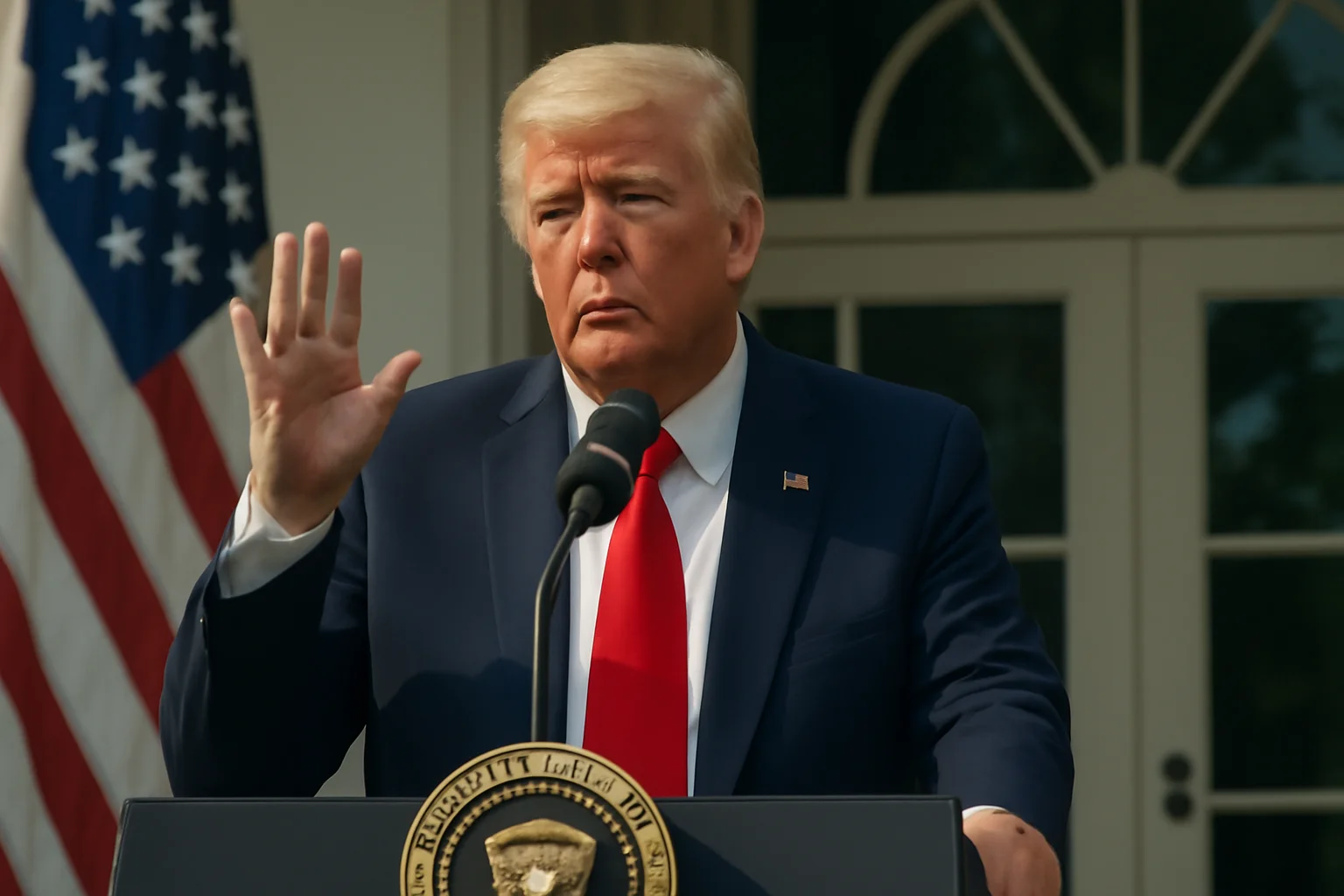
As the official diagnosis and details circulated, the White House doubled down on its assurance that President Trump remains in “excellent health.”Physician Sean Barbabella’s statement included comprehensive data: a resting heart rate of 62, blood pressure of 128/74, pulse oximetry at 99%, and normal temperature—all signaling stability.Every major test conducted—from Doppler ultrasounds to cardiac biomarkers—came back normal, further dispelling the specter of deeper cardiovascular or systemic problems.An echocardiogram, a critical tool for diagnosing heart failure or valve problems, showed no abnormalities.Laboratory panels, including checks for kidney and liver function, coagulation, and cardiac risk markers, all reinforced the president’s clean bill of health.The bruising noted on the president’s hand, though much speculated upon, was chalked up to a common side effect of aspirin therapy and the demands of frequent public interaction.Health officials and independent doctors called in by news networks affirmed that CVI, while worth monitoring, was far from catastrophic.Trump, who celebrated his 79th birthday in June, was said to exhibit robust cardiac, pulmonary, neurological, and general physical function.The White House, for its part, continued to project calm confidence, urging the public to trust both the president’s medical team and the transparency of the report.The narrative now turned to management: how would the president approach daily life and his demanding role while navigating a very common condition of age?
Advertisement
6. The Public Reacts
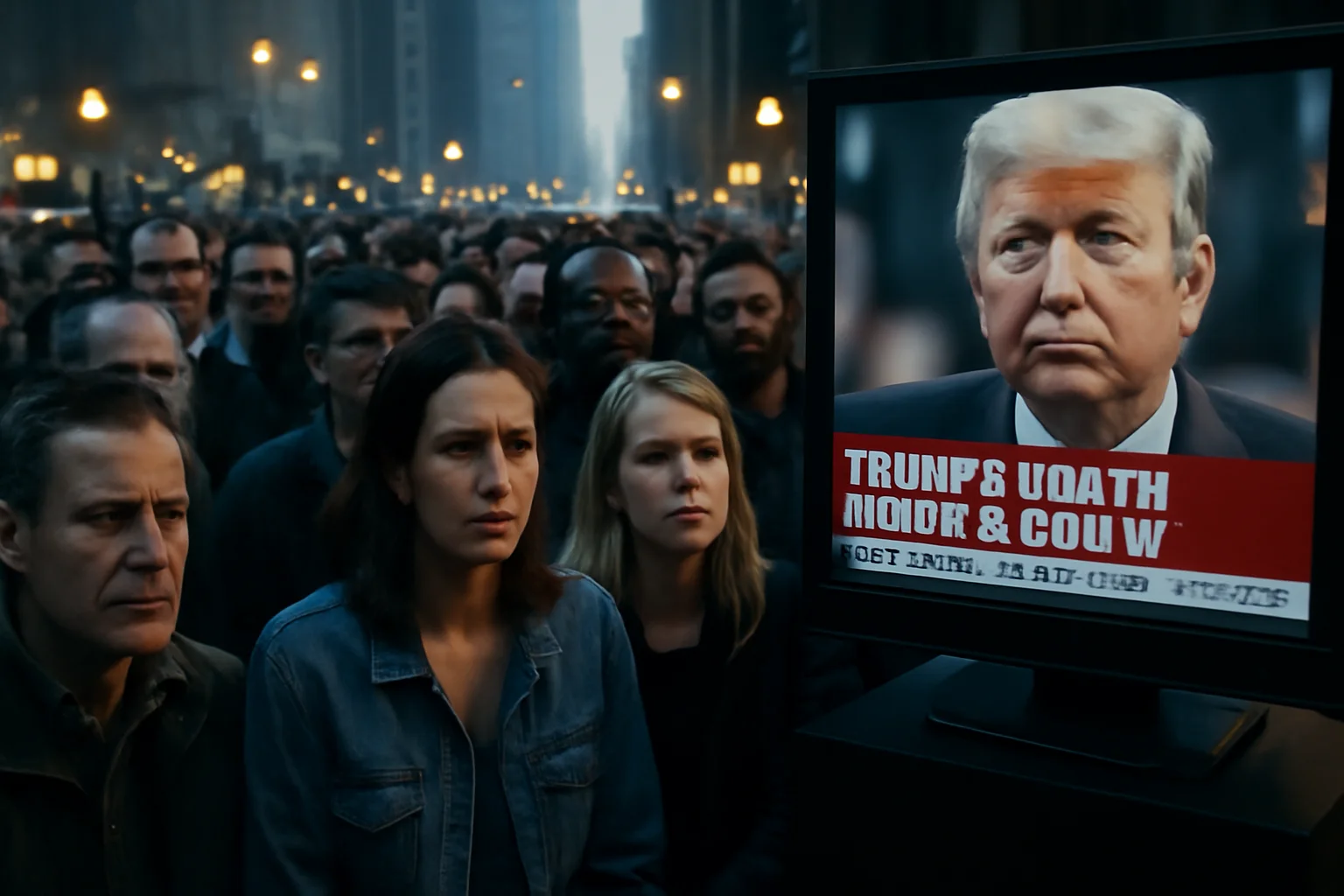
With the facts laid bare, public debate shifted toward what the swelling and diagnosis meant in the context of a presidency defined by energy, resilience, and relentless media scrutiny.At 79, Trump was already the oldest man ever elected to a second term, with questions about age and fitness front and center in both politics and popular culture.Critics and allies alike dissected every detail, from the meaning of “chronic venous insufficiency” to the symbolic implications of swollen ankles on the world stage.Cable news, social media, and late-night talk shows ran segments on “presidential legs,” while medical experts were summoned for interviews and explainers.The administration emphasized that nothing in the report limited Trump’s ability to govern, campaign, or travel—a message designed to project continuity and confidence.Supporters rallied behind the president, applauding transparency and noting that many Americans live with similar conditions every day.Opponents, meanwhile, seized on the optics, questioning whether age and cumulative stress might impact Trump’s future decision-making or physical capacity for the office.Health, long a political football in presidential races, was now a headline again, with the conversation shifting from speculation to the broader realities of aging leadership.The spectacle revealed the tightrope walked by any aging leader: transparency must be total, but so must confidence in their ongoing vitality.The country watched, assessed, and debated, but the White House’s insistence on “excellent health” set the narrative for the moment.
Advertisement
7. Bruises, Handshakes, and Aspirin

Lost amid the noise of speculation and political jockeying were the ordinary explanations for symptoms that seemed, at first glance, more ominous than they proved.Physician Barbabella explained that the minor bruising on Trump’s hand was a straightforward side effect of frequent handshaking—part and parcel of the job—and regular aspirin use.Aspirin, widely prescribed for cardiovascular prevention, can increase the tendency to bruise, especially in older adults.The combination of soft tissue irritation and the blood-thinning effects of aspirin meant that bruises, while noticeable, were benign.Nonetheless, the visuals—hands marked by dark spots, legs subtly swollen—were tailor-made for sensational headlines and digital dissection.Press secretary Leavitt repeatedly reminded the media and public that such signs were neither unusual nor threatening.Medical experts brought in by news outlets confirmed that these symptoms, while attention-grabbing, did not suggest deeper illness or impending crisis.For Trump, the challenge was not just managing health, but optics: how to maintain the image of robust leadership while confronting the inevitable wear of time.Each new photo, each fresh headline, threatened to shift the conversation back to anxiety and suspicion.But the details were clear: frequent handshaking, daily aspirin, and an active public life—nothing more, nothing less.
Advertisement
8. Presidential Health in the Spotlight
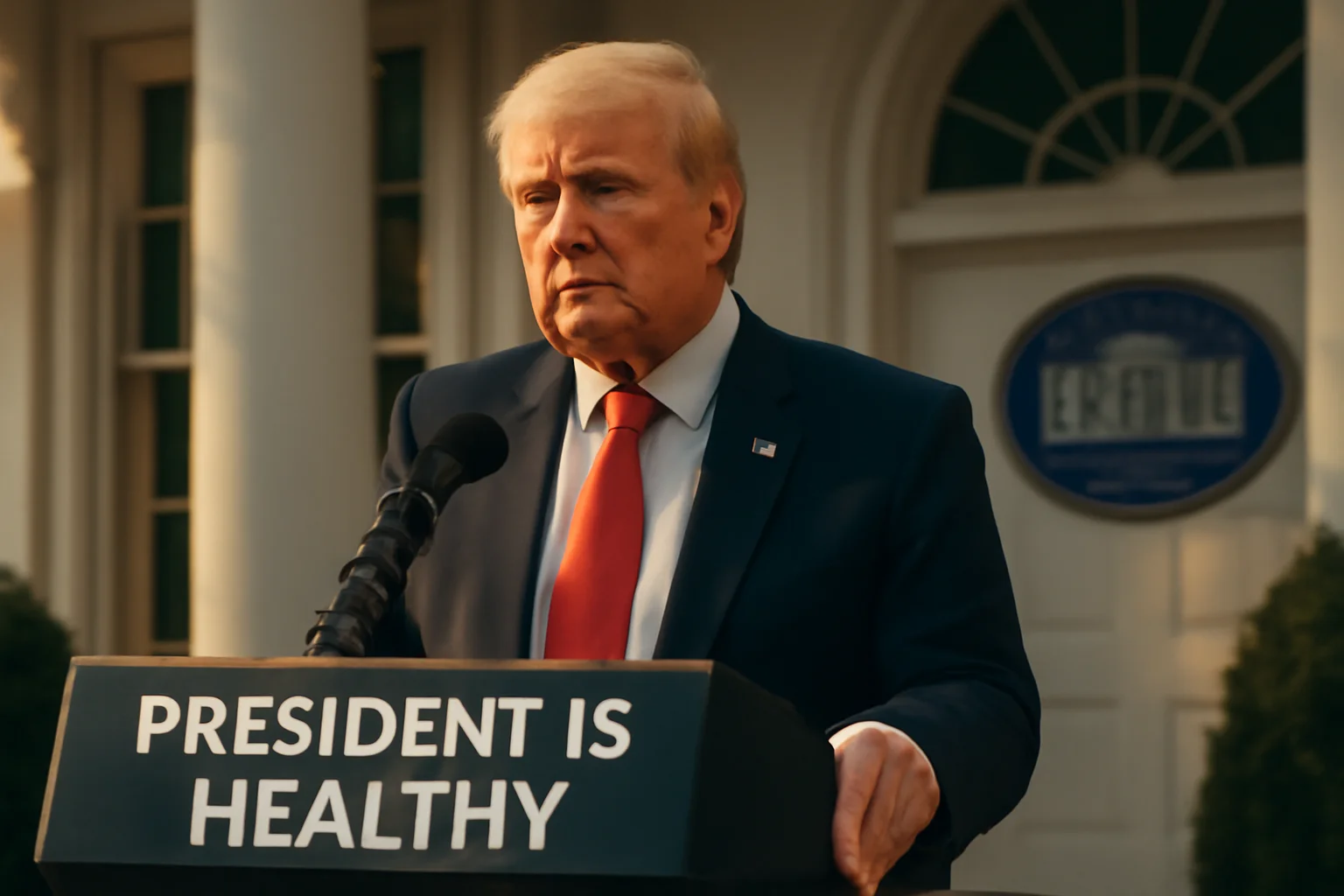
Presidential health has long been a touchstone for political controversy, with each administration navigating the balance between privacy, transparency, and public confidence.From Roosevelt’s paralysis to Eisenhower’s heart attack, Kennedy’s Addison’s disease to Reagan’s surgeries, the office has always carried its own set of physical trials.In recent cycles, age has become an increasingly fraught issue, with both supporters and detractors scrutinizing every cough, limp, or pause.Trump, no stranger to the political value of health and appearance, has alternately played up his vigor and fought off rumors with characteristic bravado.Medical memos, press briefings, and detailed lab results have become the new normal, as every candidate and president faces a 24-hour news cycle hungry for health updates.The stakes are high: Americans want assurance that their leader is physically and mentally fit to shoulder the burdens of the world’s most demanding job.The White House’s handling of Trump’s diagnosis—with transparency, rapid response, and comprehensive detail—offered a template for future administrations.Yet the questions raised by every symptom and every medical memo are unlikely to vanish, as age and health remain central to the nation’s political imagination.For now, the message was clear: the president is healthy, capable, and ready, but the story of health in the Oval Office is never truly closed.
Advertisement
9. Lessons from the Veins
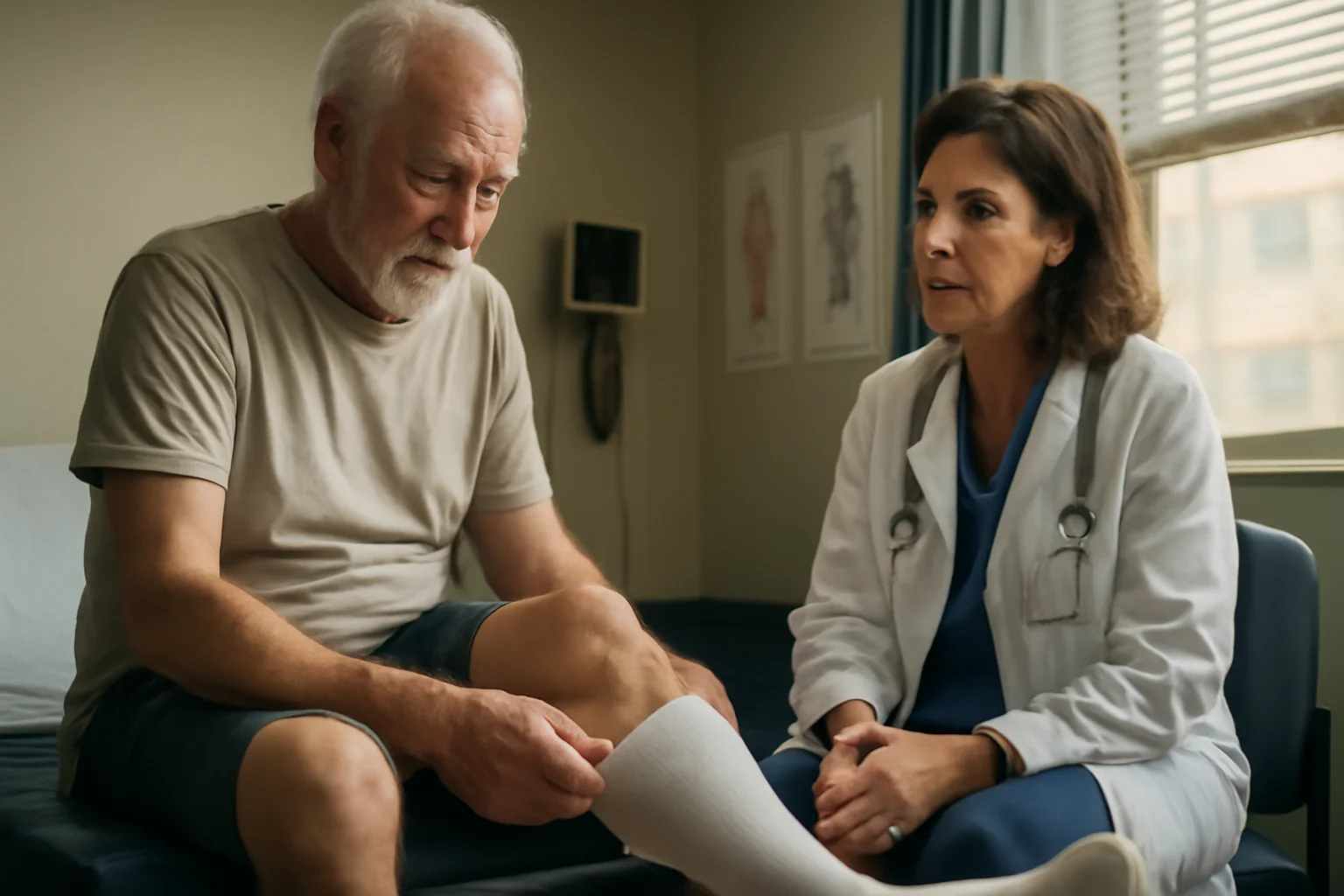
Trump’s public diagnosis brought with it a teachable moment for millions of Americans living with chronic venous insufficiency or facing the challenges of aging.Doctors across the country fielded questions from patients who saw a little of themselves in the president’s story: swelling, bruising, the aches and pains of a long life.Medical experts used the moment to remind the public that CVI is not a rare or shameful diagnosis, but a reality for many—one that need not signal frailty or decline.They pointed to the importance of daily activity, maintaining a healthy weight, and using compression socks or other interventions to keep symptoms in check.Stories proliferated in newspapers and on TV, as ordinary people shared their own experiences with swelling and the fear that such symptoms might mean something worse.Doctors reassured them that with attentive care, most can lead full, active lives, and even those with more advanced symptoms have options for relief.The story also underscored the value of transparency, trust, and partnership between patients and their care teams, presidential or otherwise.In the end, Trump’s diagnosis was not just a headline, but a mirror for the country—an invitation to confront age, health, and resilience with honesty and optimism.As the president resumed his schedule, many quietly hoped the moment would reduce stigma and spark more conversations about aging well.The lesson: with the right care, even the most public lives can adapt, endure, and thrive.
Advertisement
10. The Path Ahead: Age, Health, and Leadership

As America absorbed the details of President Trump’s medical report, the nation settled into a new understanding of what health means for an aging leader in the spotlight.The diagnosis of chronic venous insufficiency, delivered with transparency and precision, offered reassurance without denying the realities of time.Political allies pointed to the comprehensive evaluation and clean bill of health as proof of Trump’s readiness for the years ahead.Critics remained watchful, aware that even minor conditions can matter in the most demanding office in the world.Medical professionals, for their part, used the moment to promote proactive care, regular check-ups, and honest communication as keys to aging well.The story was not one of drama or crisis, but of adaptation—proof that even the world’s most powerful figures must manage the everyday challenges of the human body.Trump’s case, far from an anomaly, was a reminder that the path of leadership is also a path of aging, marked by resilience, vigilance, and the humility to seek care when needed.With the swelling explained and the nation reassured, focus returned to the work at hand: governing, leading, and, yes, aging, all in full view.For the country, the message was clear—health, like politics, is a journey, not a moment, and the story goes on.
Advertisement
Advertisement
You May Also Like


